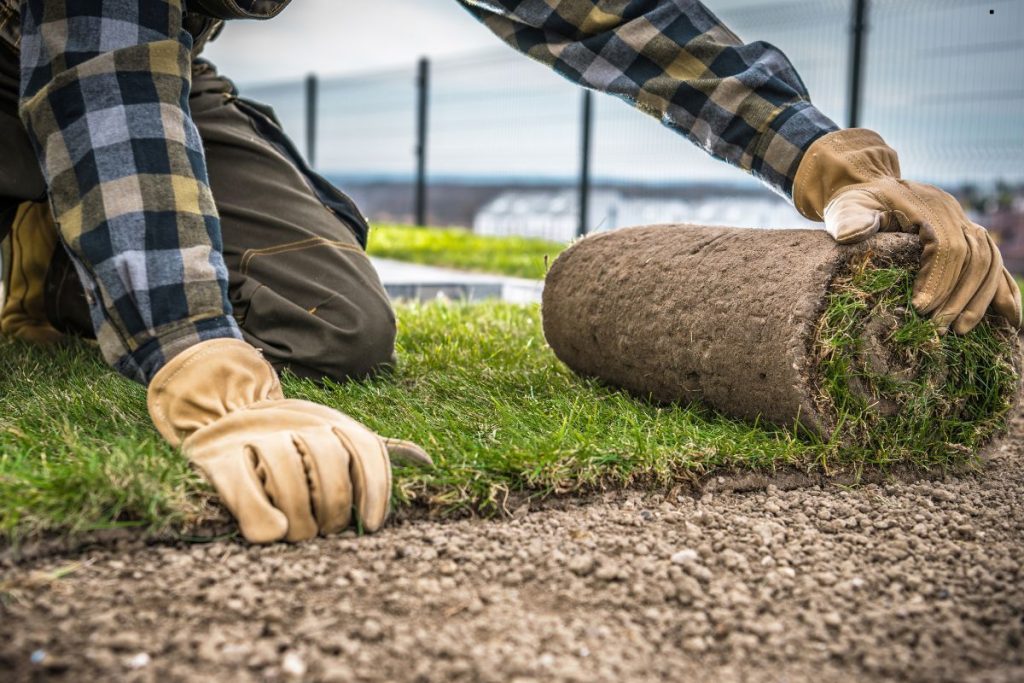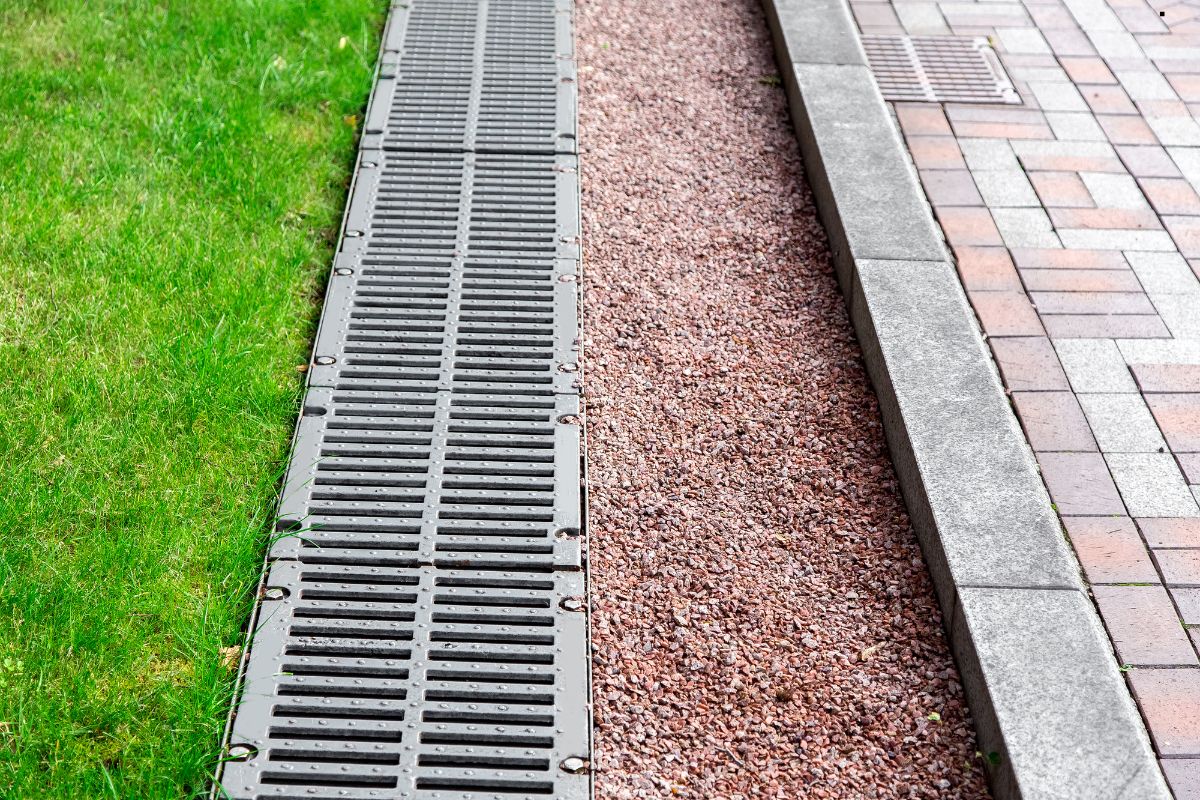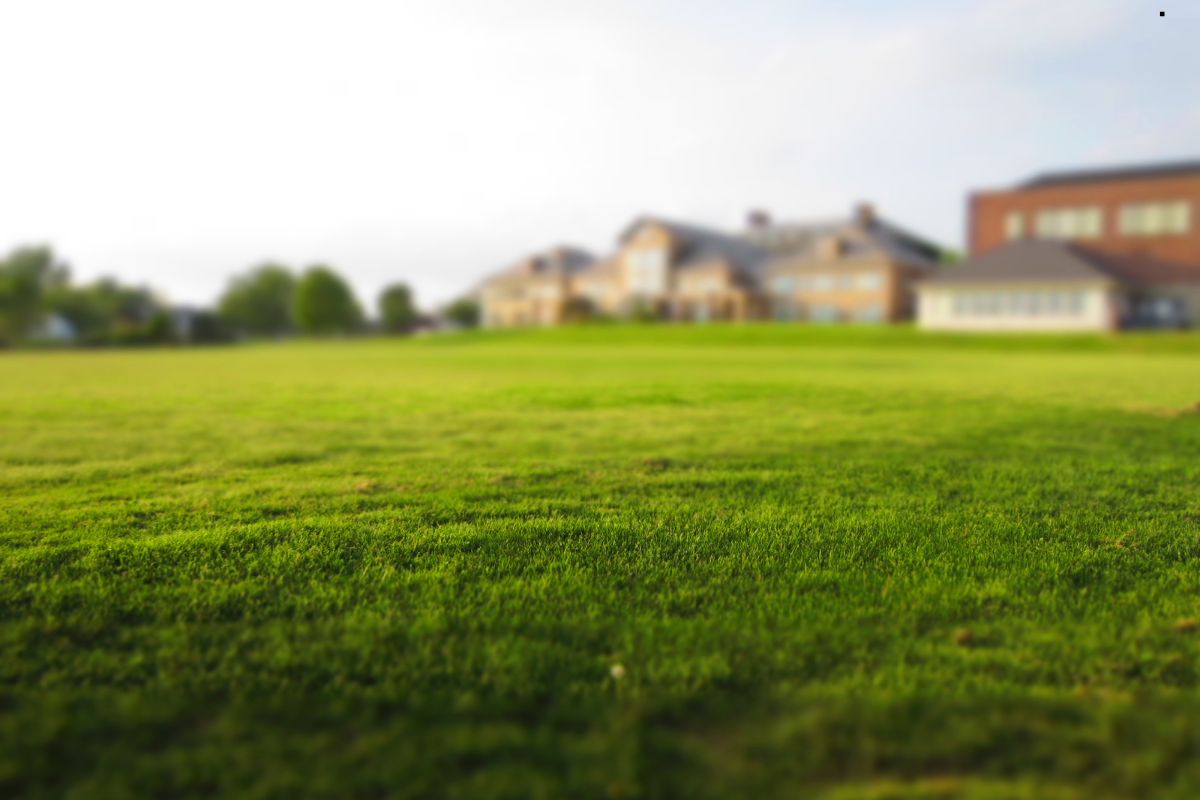
Is your once-lush artificial lawn looking a little worse for wear? Knowing when to replace your artificial grass is crucial for maintaining a beautiful, safe, and functional outdoor space. You likely need to replace your artificial grass if you notice significant rips, tears, matting, drainage problems, infill issues, or safety hazards. This article will delve into the specific signs that indicate it’s time for a turf upgrade, ensuring your lawn stays a vibrant and enjoyable part of your home.
The Tell-Tale Signs: Visible Damage to Your Artificial Turf
One of the most obvious indicators that your artificial grass needs replacing is visible damage. Over time, even the most durable synthetic turf can succumb to wear and tear. Look closely for:
- Rips, Tears, and Seam Separations: These can occur due to heavy use, weather conditions, or improper installation. Small tears might be repairable, but extensive damage signals the need for replacement.
- Matting and Flattening: Constant foot traffic or heavy objects can cause the blades of artificial grass to flatten and become matted. This not only detracts from the aesthetic appeal but also reduces the turf’s cushioning effect.
- Excessive Fading and Discoloration: Prolonged exposure to sunlight can cause artificial grass to fade and lose its vibrant color. While some fading is normal, significant discoloration indicates that the turf is nearing the end of its lifespan.
When Water Won’t Go Away: Identifying Drainage Issues

Proper drainage is essential for the longevity and performance of artificial grass. If you notice any of the following drainage problems, it might be time for a replacement:
- Persistent Puddles: Puddles that linger long after rainfall indicate that the drainage system is failing. This can be caused by compacted infill, underlying soil issues, or improper installation.
- Mold and Mildew Growth: Standing water creates the perfect environment for mold and mildew to thrive. These not only damage the turf but also pose health risks.
- Unpleasant Odors: Trapped moisture can lead to the growth of bacteria, resulting in unpleasant odors emanating from your lawn.
Addressing drainage issues promptly is crucial for maintaining a healthy and enjoyable outdoor space.
The Foundation is Failing: Problems with Infill Material
Infill plays a crucial role in supporting the blades of artificial grass, providing cushioning, and maintaining proper drainage. Problems with infill can significantly impact the performance and lifespan of your turf. Keep an eye out for:
- Loss of Infill: Over time, infill can be lost due to weather, foot traffic, or improper maintenance. This can leave the blades unsupported, leading to matting and wear.
- Uneven Infill Distribution: Infill that is not evenly distributed can create uneven surfaces, making the lawn uncomfortable and potentially dangerous.
- Contamination of Infill: Infill can become contaminated with dirt, debris, and pet waste, leading to unpleasant odors and drainage problems.
Selecting the ideal artificial grass for your yard can be challenging with so many choices available. The right option depends on your needs, budget, and desired look. From pile height and fiber type to infill options and specialized turf for pets or putting greens, this guide will help you explore your options and find the perfect solution for a stunning, low-maintenance lawn. For more details, check out our blog: Types of Artificial Grass for Your Yard.
Safety First: When Artificial Grass Becomes a Hazard
Your family’s safety should always be a top priority. If your artificial grass poses any safety hazards, it’s time to consider replacement:
- Hardened Surface: Over time, artificial grass can become compacted and hardened, increasing the risk of injury from falls.
- Tripping Hazards: Rips, tears, and uneven surfaces can create tripping hazards, especially for children and the elderly.
- Weed Growth: While artificial grass is designed to prevent weed growth, weeds can sometimes sprout through the backing, creating slippery conditions and detracting from the aesthetic appeal.
A safe and comfortable outdoor space is essential for your family’s well-being. Over time, even high-quality artificial grass can wear down due to weather exposure, heavy foot traffic, and general aging. Regular inspections can help identify potential issues before they become serious hazards. From maintaining a soft, cushioned surface to preventing uneven patches, keeping your artificial grass in top condition ensures a secure and enjoyable environment for everyone.
Making the Call: Deciding When to Replace Your Artificial Grass
Deciding when to replace your artificial grass depends on your unique needs and situation. However, if you’re facing any of the issues mentioned in this article, it may be time to consider a replacement.
When making your decision, prioritize safety, appearance, and functionality. Installing new artificial grass can enhance your outdoor space, creating a beautiful, safe, and long-lasting area for you to enjoy. Need expert advice? Call us today!
Time Takes Its Toll: Understanding the Lifespan of Artificial Grass

Even with proper care and maintenance, artificial grass has a limited lifespan. The typical lifespan ranges from 15 to 20 years, but this can vary depending on factors such as usage, climate, and the quality of the turf.
If your artificial grass is nearing the end of its lifespan, it’s likely to show signs of wear and tear, regardless of how well you’ve maintained it. Planning for replacement before problems become severe can help you avoid disruptions and ensure a seamless transition to a new, vibrant lawn.
Frequently Asked Questions About Artificial Grass Replacement
How much does it cost to replace artificial grass?
The cost of replacing artificial grass depends on several factors, including the size of the area, the type of turf selected, and the complexity of the installation.For a personalized quote, call us today!
Can I replace artificial grass myself?
While DIY artificial grass replacement is possible, it’s a challenging project that requires specialized tools and knowledge. Professional installation is recommended for best results.
How long does artificial grass replacement take?
The duration of the replacement process depends on the size of the area and the complexity of the project. A typical replacement can be completed in a few days.
What is the best type of artificial grass for my needs?
The best type of artificial grass depends on your specific needs and preferences. Consider factors such as foot traffic, pet use, and aesthetic preferences when making your selection.
How can I extend the life of my artificial grass?
Routine maintenance, such as brushing, replenishing infill, and addressing repairs promptly, can help prolong the lifespan of your artificial grass.We hope this article has helped you decide whether it’s time to replace your turf! A well-kept, visually appealing lawn enhances both your home’s value and your outdoor enjoyment.Have questions? Contact us today!
